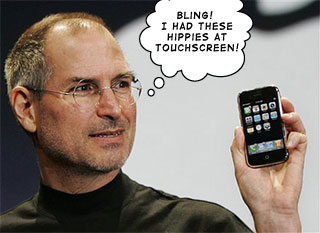Microsoft HoloLens: A jump into Augmented Reality
Sci-Fi movies have teased the public for years with their in-movie holographic technology, which seemed, in our time, so far away. Think of holograms in the Star Wars movies and Tom Cruise’s home videos in Minority Report (2002). But...









